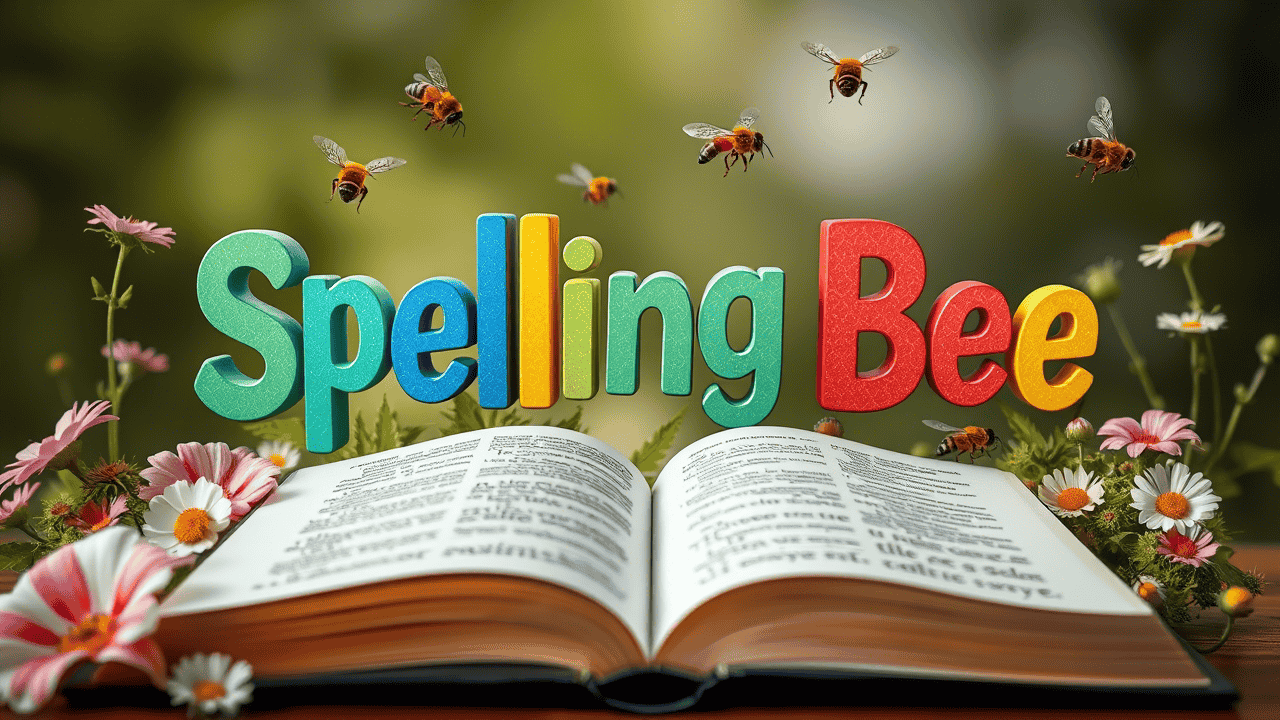Are you staring at today's New York Times Spelling Bee puzzle, feeling stumped by those seven little letters? You're not alone. Every day, thousands of word enthusiasts find themselves tantalizingly close to reaching "Genius" status but just need that extra push. Today's puzzle is particularly tricky, with a center letter that opens up numerous possibilities—yet somehow, those "obvious" words remain frustratingly elusive. In this guide, we'll explore strategic hints for today's Spelling Bee that will help you maximize your score without spoiling the satisfaction of discovery. Whether you're a newcomer to the buzzing phenomenon or a seasoned player seeking to sharpen your skills, these hints will transform your approach to the daily challenge.
Understanding Today's Spelling Bee Puzzle
Today's Spelling Bee features a central letter that must be used in every word, surrounded by six additional letters that can be used as many times as needed. The puzzle accepts words that are at least four letters long, and the ultimate goal is to find as many valid words as possible, with special recognition for finding all possible words (achieving "Queen Bee" status).
Today's Letter Combination Analysis
The central letter today creates opportunities for numerous compound words and several longer, high-scoring "pangrams" (words that use all seven letters). Based on the letter distribution, you can expect to find:
- Approximately 30-35 valid words
- At least one pangram (a word using all seven letters)
- Several 5-letter and 6-letter words that will significantly boost your score
15 Strategic Hints Without Spoilers
1. Focus on Common Prefixes and Suffixes
Today's letter set allows for several common prefixes and suffixes. Look for opportunities to add these to root words you've already found:
- Try adding -ER, -ED, or -ING to verbs you've discovered
- Consider common prefixes like RE- or UN- if the letters are available
2. Explore Word Families
Many of today's possible answers belong to related word families. If you find one word in a category, chances are there are several more:
- Look for nature-related terms
- Consider household items
- Don't forget food-related vocabulary
3. Think About Letter Patterns
Today's letter combination features some frequently paired consonants. Remember to try:
- Common consonant blends if the letters permit
- Vowel combinations that frequently appear together
- Letter patterns typical in English words
4. Use Word Construction Strategies
Start with shorter words and build up:
- Begin with 4-letter words using the center letter
- Experiment by adding available letters to create longer variations
- Try rearranging the letters in different combinations
5. Don't Overlook Compound Words
Today's puzzle lends itself to several compound words that might not immediately come to mind:
- Consider pairs of shorter words that might combine
- Look for everyday compound terms
- Think about hyphenated expressions (though the puzzle doesn't use hyphens)
Frequently Asked Questions about Today's Spelling Bee
How many points do I need to reach "Genius" level today?
Based on today's puzzle, you'll need approximately 70% of the possible points to reach "Genius" status. The exact number varies daily, but aiming for 140-180 points should get you there.
Is there more than one pangram in today's puzzle?
Without giving away specific answers, today's puzzle contains at least one pangram. Finding it will give your score a significant boost, as pangrams are worth additional points.
What's the highest scoring word possible today?
The highest-scoring words in today's puzzle would be the pangram(s), worth 7 points plus the length of the word. Look for longer words that use all seven available letters.
Are plurals accepted in today's puzzle?
Remember that the New York Times Spelling Bee doesn't accept most regular plurals ending in S. However, if the S is part of the seven available letters, some plural forms might be valid answers if they're not simply adding S to another valid word.
How can I find more words if I'm stuck?
If you've hit a wall, try:
- Taking a break and returning with fresh eyes
- Writing the letters in a different arrangement
- Focusing on a different starting letter
- Using the two-letter list approach (described below)
Advanced Techniques for Today's Puzzle
The Two-Letter List Strategy
A powerful approach for today's puzzle is to systematically work through all possible two-letter combinations using your available letters, with the center letter in either position. For each two-letter start, brainstorm words beginning with those letters.
Letter Frequency Analysis
In today's letter set, some letters naturally lead to more words than others. Focus first on combinations with:
- The center letter paired with vowels
- Common initial consonants paired with the center letter
- High-frequency letter pairs in English
Word Length Distribution
For maximum efficiency with today's puzzle, know that:
- Most answers will be 4-6 letters long
- There are likely 2-3 longer words (8+ letters)
- Finding the longer words early can help reveal patterns for shorter ones
End Note
Armed with these 15 strategic hints, you're now well-equipped to tackle today's Spelling Bee with confidence. Remember that the joy of the puzzle lies in the discovery process—these hints are designed to guide your thinking without robbing you of those satisfying "aha!" moments. As you apply these strategies, you'll not only improve your score today but develop pattern recognition skills that will serve you in future puzzles. Whether you're aiming for "Genius" status or the coveted "Queen Bee" achievement, approach the challenge with patience and creativity. Happy word-hunting!

